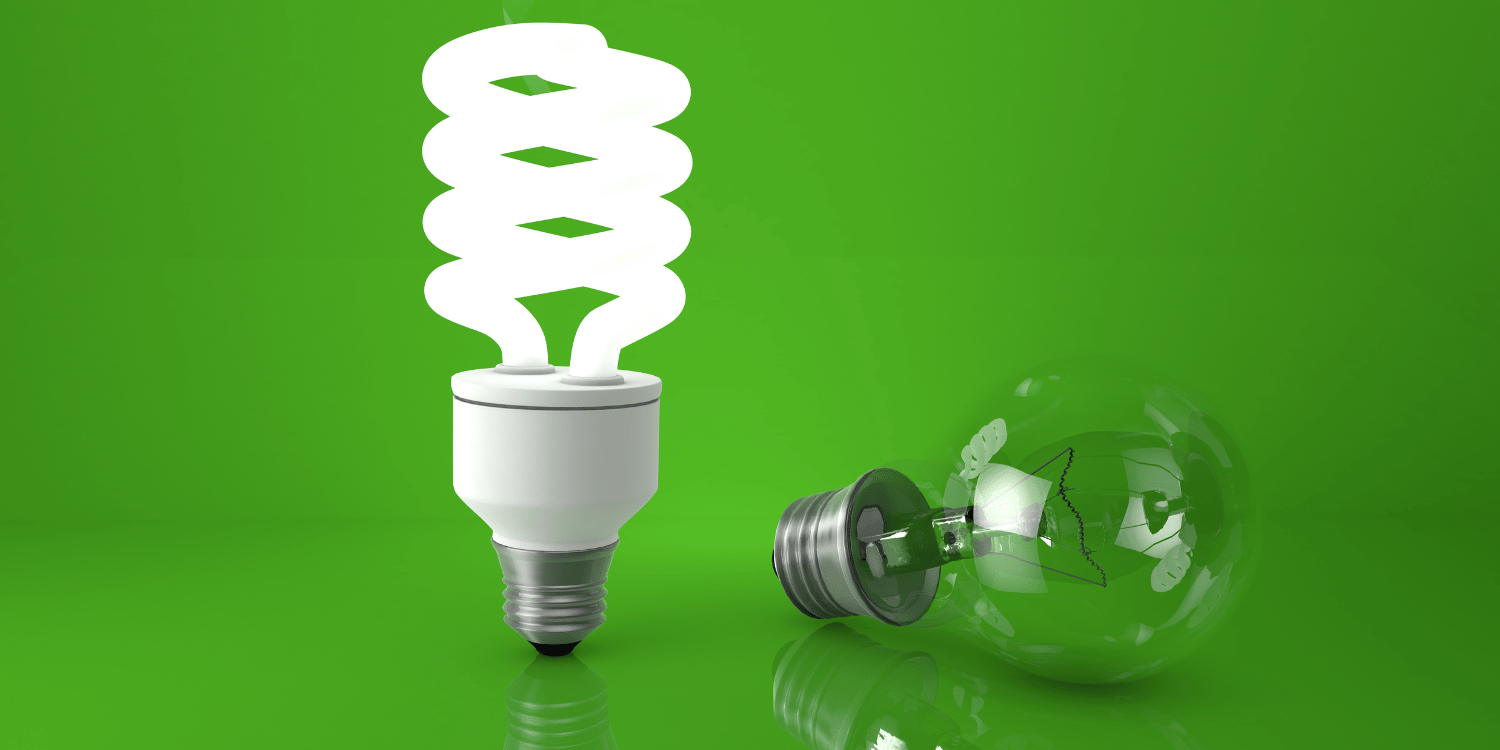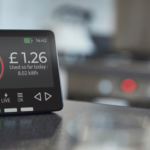Introduction
Using your heating and appliances more efficiently will make a big difference to your energy costs.
Cheap energy deals are hard to come by while energy prices are limited by Ofgem’s price cap. But the steps you take to be more efficient can still make a difference.
That’s because energy unit rates – how much you pay for each kilowatt hour (kWh) of gas or electricity you use – are capped, rather than your total bill. So the less energy you use, the less you’ll pay. Small habitual changes add up. And some of the tips below take just a few minutes to set up.
Ways to Save your Energy Bills
Use your Appliances Efficiently
Condenser tumble dryers and American-style fridge freezers are the priciest appliances to run.
Both cost over £120 per year in electricity on average, according to our testing. Changing how you use them will make a positive difference to your energy payments.
Try these tips:
- Wash your Clothes at a Lower Temperature: Doing your laundry at 30ºC (rather than 40ºC) cuts the cost by 38%, according to our tests.
- Wash Bigger Loads Less Often: Over-washing can cause fading, shrinkage and mis-shaping, as well as cost you more in electricity.
- Load your Dishwasher Properly: Run it only when full and stacked so that every item gets well cleaned.
- Use Eco Settings: Choose this setting on any of your appliances that have it.
- Fully Turn Off your Wireless Speaker or Sound Bar: They’re the most power-hungry gadgets in standby, costing around £6 per year (based on 20 standby hours per day).
- Dry Laundry Outside: Don’t use a tumble dryer when the weather permits.
- Tumble Dry Different Fabrics Separately: They take different lengths of time to dry. Avoid drying single garments too.
- Wait for Food to Cool before Freezing: Defrost frozen food in the fridge.
- Keep Appliances Clean: Regularly descaling your kettle, defrosting your freezer, cleaning your tumble dryer’s lint filter and cleaning the coils at the back of your fridge helps them run as efficiently as possible.
Add Insulation Wherever You Can
Improving your insulation will have the most impact on your bills of any of our tips. While you might not be turning on the heating until later in the autumn, you can get your home’s insulation set up in time for cold weather. Gas and electricity prices are predicted to drop slightly this autumn, but they will still be much higher than a couple of years ago.
Adding insulation can cost as little as £15 (that’s for DIY fitting foam insulation around exposed hot water pipes). The more you add, the more you’ll save. Loft insulation is the cheapest and easiest way to boost your home’s insulation credentials. If you have none to start with and add the recommended 270mm, you could save up to £285 per year in a semi-detached house. Plus you’ll feel cozier too.
Once that’s done, consider cavity wall insulation if your home is suitable. It’s pricey – around £2,700 for a semi-detached house, according to the Energy Saving Trust – but a third of your heat is lost through your walls. For older homes, you’ll need solid wall insulation instead.
Improve Your Draught-Proofing
Stopping heat from escaping through gaps around doors and windows could save you around £50 a year, according to the Energy Saving Trust. It can help make your home feel more cozy at lower temperatures, too.
Professional draught-proofing of your whole house costs around £270 for a typical household, but there are plenty of DIY draught-proofing jobs.
Start with these areas:
- Windows: Use draught-proofing strips around the frame. Brush strips work better for sash windows.
- Doors: Use draught-proofing strips around the edges and brush or hinged-flap draught excluders at the bottom.
- Chimney and Fireplace: If you don’t use your fireplace, block the chimney with an inflatable pillow or fit a cap over the chimney pot. If you have an open chimney, this could save you £70 a year.
- Floorboards and Skirting: Floorboards need to move, so use a flexible silicone-based filler in the gaps.
- Loft Hatches: Use draught-proofing foam strips to keep heat in.
Just remember that you do need some ventilation in your home, so don’t cover up holes that are supposed to be there, such as trickle vents in window frames.
Review Your Energy Bill Small Savings
Most of us won’t be able to save money by switching energy tariff or provider at the moment as few suppliers are offering deals cheaper than the capped variable tariff.
But there are still things you can do to save.
If you get paper bills, ask your energy company to change to paperless ones and manage your account online instead. Some companies charge customers for paper billing.
Paying by direct debit is usually cheapest. But if your supplier wants to increase your direct debit by more than you’d expect, ask it to explain why. Over a year, your usage and payments should balance out. If you’ve built up too much credit in your account, you can ask for it to be refunded or for your direct debits to be reduced while you work through it. We’d recommend you keep around two to three months’ worth of payments in your account.
Sending your supplier regular meter readings will also keep your payments accurate and prevent estimated bills. If you have a smart meter, it should send your meter readings automatically.
Use Less Hot Water
Even if you only turn your heating on in winter, you use energy year-round to heat your water. So heating and using it wisely will impact your bills.
If you have a hot water tank (rather than a combi boiler), use your heating controls to turn your water heating on and off, so you only heat as much water as you’ll need.
High-volume power showers can use more water in less than five minutes than running a bath, so fit an eco shower head. Your shower will still feel powerful, but it’ll cut down on your hot water use.
Try using a shower timer to keep your shower to four minutes or less. This can save a typical household £95 a year on energy, according to the Energy Saving Trust. You’d also save another £60 on water, if you have a meter.
Avoid washing up under a free-running tap – wash up in the sink or a bowl instead. Also try not to leave the hot tap running for too long while you’re rinsing items.
Fitting an aerator onto your kitchen tap will reduce the amount of hot water coming out. It could save you £30 a year.



